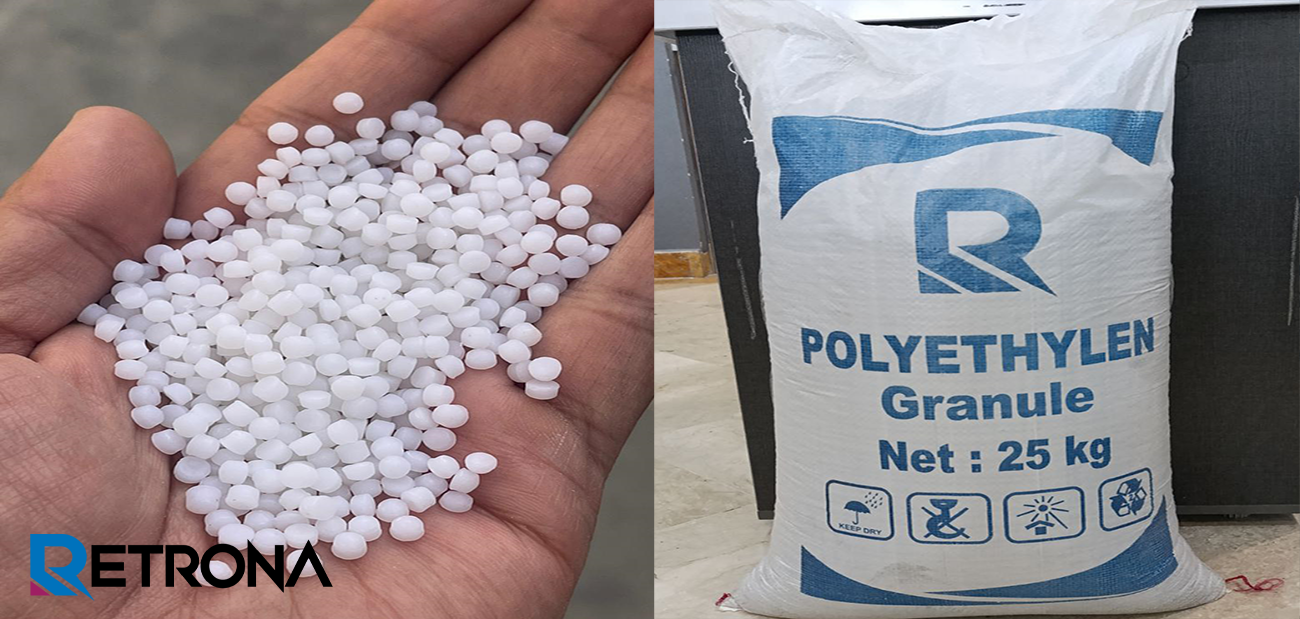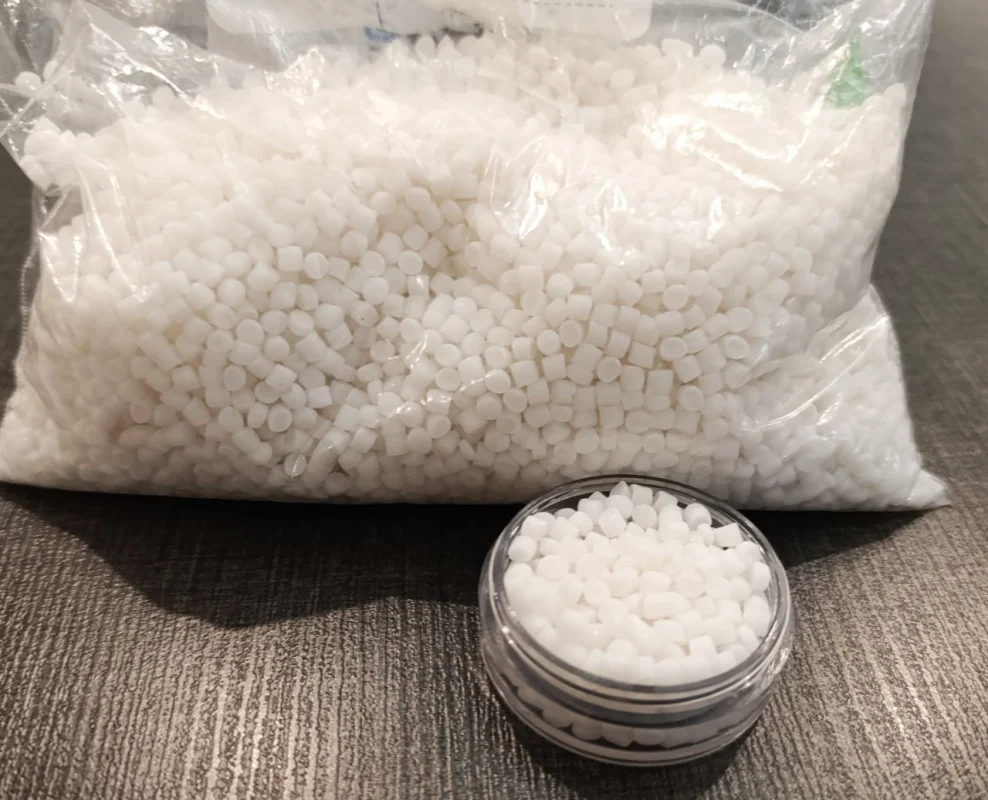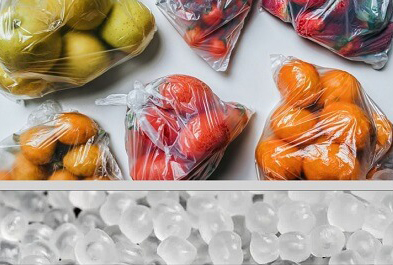HDPE 7000F vs Other HDPE Grades

If you’re in the packaging or plastics industry, choosing the right HDPE grade can make or break your product performance. One name that comes up often for film applications is HDPE 7000F. But how does it compare to other HDPE types like the 1000, 5000, or 8000 series?
What Makes HDPE 7000F So Popular?
HDPE 7000F is a high-density polyethylene grade specifically designed for blown film extrusion. It’s commonly used to make:
Grocery bags
Liners and carry bags
Industrial packaging
Agricultural films
Here’s why it stands out:
High stiffness for strong films
Low melt flow index (~0.07–0.12), meaning better melt strength and bubble stability
Good environmental stress crack resistance (ESCR)
Reliable moisture barrier
It’s a solid choice when you need dependable performance without overspending on premium resin.
How Does HDPE 7000F Compare to Other Grades?
Let’s compare HDPE 7000F to three other common types: HDPE 1000 series, 5000 series, and 8000 series.
- HDPE 7000F vs. HDPE 1000 Series
The 1000 series is mostly used for blow molding—think bottles, tanks, and containers.
HDPE 1000L, for example, has a higher melt flow index and is not optimized for film applications.
It lacks the melt strength and bubble stability needed for blown film.
Verdict: Use HDPE 1000 for bottles, but stick to 7000F for films.
- HDPE 7000F vs. HDPE 5000 Series
The 5000 series, like HDPE 5502, is designed for injection molding. You’ll find it used in caps, crates, and industrial parts.
It has a very high MFI (~20), which is great for injection speed, but useless for films.
Trying to run a 5000 series resin on a film line? You’ll be fighting the machine the whole time.
Verdict: No contest—HDPE 7000F wins for film every time.
- HDPE 7000F vs. HDPE 8000 Series
Now here’s the real competition.
The 8000 series includes premium film-grade HDPE like 8000F, known for:
Higher toughness
Better puncture and impact resistance
Superior draw-down ability
But here’s the catch: it’s more expensive.
HDPE 7000F is the smart middle ground—it gives you great performance at a better price point.
Verdict: Go with 8000 series for high-end or high-stress packaging. Choose 7000F for everyday applications where cost-efficiency matters.

Quick Comparison Table
| Feature | HDPE 7000F | HDPE 1000L | HDPE 5502 | HDPE 8000F |
|---|---|---|---|---|
| Best Use | Film | Blow molding | Injection molding | Premium film |
| Melt Flow Index (MFI) | 0.07–0.12 | ~0.3–0.4 | ~20 | 0.15–0.2 |
| Density (g/cm³) | ~0.958 | ~0.954 | ~0.950 | ~0.940–0.948 |
| Film Strength | Good | Poor | Not suitable | Excellent |
| Cost | Moderate | Moderate | Low | High |
So—Which HDPE Grade Should You Choose?
If your goal is cost-effective, high-quality film, HDPE 7000F is a safe bet. It performs well in most standard applications and runs smoothly on blown film lines.
Use HDPE 7000F for:
Retail bags
Liners
Food or industrial packaging
General-purpose agricultural films
If you're making high-performance or multilayer films that need added durability, step up to HDPE 8000F.
For bottles or injection parts? Go with 1000 or 5000 series respectively. Don’t expect them to work on a film line—they’re built for other jobs.

Final Thoughts
There’s no one-size-fits-all HDPE grade. But if you're in the film extrusion business, HDPE 7000F offers a great balance of strength, processability, and affordability. It’s trusted across industries and performs well in high-volume production.

